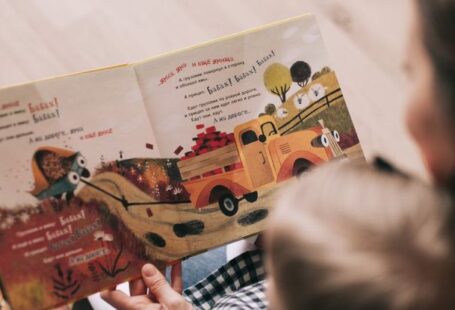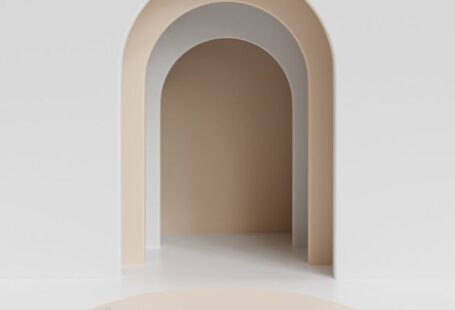Modern Romans Reinterpreting Their City’s Heritage
Rome, the eternal city, a place where history, culture, and modernity intersect in a vibrant tapestry of life. For centuries, Rome has stood as a symbol of the ancient world, with its ruins, monuments, and artifacts serving as a testament to its rich heritage. However, in recent years, there has been a shift in how modern Romans are reinterpreting their city’s legacy, blending the old with the new in innovative and exciting ways.
Revitalizing Ancient Sites
One of the most striking ways in which modern Romans are reinterpreting their city’s heritage is by revitalizing ancient sites. Instead of simply preserving these historic landmarks as they are, there has been a growing trend towards repurposing them for contemporary use. For example, the Colosseum, once a site of gladiatorial combat, now hosts concerts, exhibitions, and other cultural events, breathing new life into this ancient amphitheater.
By reinventing these spaces, modern Romans are not only preserving their heritage but also making it accessible and relevant to a new generation. This approach allows for a dynamic interaction between the past and the present, creating a dialogue that bridges the gap between antiquity and modernity.
Fostering Creative Collaborations
Another way in which modern Romans are reinterpreting their city’s heritage is by fostering creative collaborations between artists, architects, historians, and urban planners. By bringing together individuals from diverse disciplines, new perspectives and ideas are born, leading to innovative projects that reimagine traditional concepts in fresh and exciting ways.
For example, the recent restoration of the Trevi Fountain involved a multidisciplinary team that combined traditional restoration techniques with cutting-edge technology. The result was not just a refurbished monument but a reinvigorated symbol of Roman heritage that resonates with locals and tourists alike.
Embracing Sustainable Practices
In addition to revitalizing ancient sites and fostering creative collaborations, modern Romans are also reinterpreting their city’s heritage through the lens of sustainability. With a growing awareness of the environmental impact of urban development, there has been a shift towards incorporating green practices into the preservation and restoration of historic sites.
From rooftop gardens on ancient buildings to energy-efficient lighting in historic squares, sustainability has become a key consideration in the reinterpretation of Rome’s heritage. By marrying the past with the future in an eco-conscious manner, modern Romans are not only preserving their city’s legacy but also ensuring its longevity for generations to come.
Celebrating Diversity and Inclusivity
Finally, modern Romans are reinterpreting their city’s heritage by celebrating diversity and inclusivity in all aspects of cultural preservation and promotion. Recognizing that Rome’s history is not a monolithic narrative but a tapestry woven from myriad influences and perspectives, there is a renewed effort to showcase the city’s multicultural heritage.
This inclusivity can be seen in the programming of museums, the design of public spaces, and the promotion of local artisans and traditions. By embracing the diversity of Rome’s past and present, modern Romans are creating a more inclusive and vibrant cultural landscape that reflects the city’s dynamic identity.
In Conclusion: A Bold Vision for the Future
As modern Romans continue to reinterpret their city’s heritage, they are charting a bold vision for the future that honors the past while embracing the possibilities of the present. By revitalizing ancient sites, fostering creative collaborations, embracing sustainable practices, and celebrating diversity and inclusivity, Rome is evolving into a living museum where the past is not just preserved but actively engaged with and reimagined.
Through these innovative approaches, modern Romans are ensuring that their city’s heritage remains a source of inspiration and pride for generations to come. Rome may be an ancient city, but its spirit is as vibrant and dynamic as ever, thanks to the creative reinterpretations of those who call it home.





